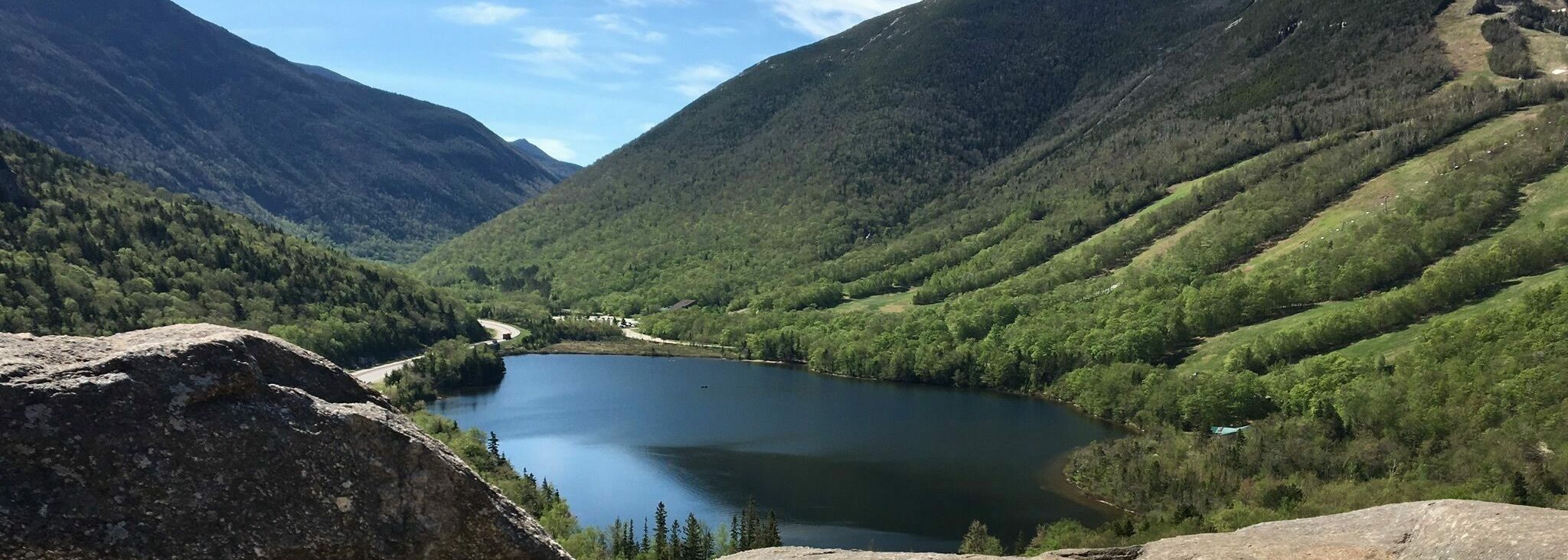Fireworks and Our Lakes
June 27, 2025
No Comments
Fireworks have long been a beloved tradition, lighting up the sky with vibrant colors and bringing communities together in celebration. However, while fireworks can be appealing, they also pose potential risks to the health of our lakes.
Before setting those fireworks off over the lake, please keep the following in mind from our partners at the New Hampshire Department of Environmental Services (NHDES).

Potential for pollution.
- While the amount of debris left after the ignition of fireworks displays may seem minor, multiple displays around a lake (especially at the ends of docks) can cumulatively contribute a significant amount of debris to a waterbody.
- Heavy metals used in fireworks produce brilliant colors. However, these metals can also be harmful to humans and aquatic life.
If you do launch fireworks, keep these tips in mind:
- Avoid launching fireworks over lakes and other waterbodies that serve as drinking water supplies.
- Locate your launch area where runoff water won’t wash leftover chemical residue into the water.
- Launch fireworks at a steep angle that promotes maximum height, allowing complete ignition and combustion in the air rather than in the water.
- Rake the launch area and clean up all debris immediately following a fireworks display. Retrieve any visible non-combusted materials from the water. Be careful not to rake in the water. Not only is it illegal, but it can disturb sediment and release phosphorus, which can contribute to algae and cyanobacteria blooms.
- Collect and dispose of all “duds” according to manufacturer recommendations.
- You can read the whole article from NHDES here.


 by Martech Consulting
by Martech Consulting